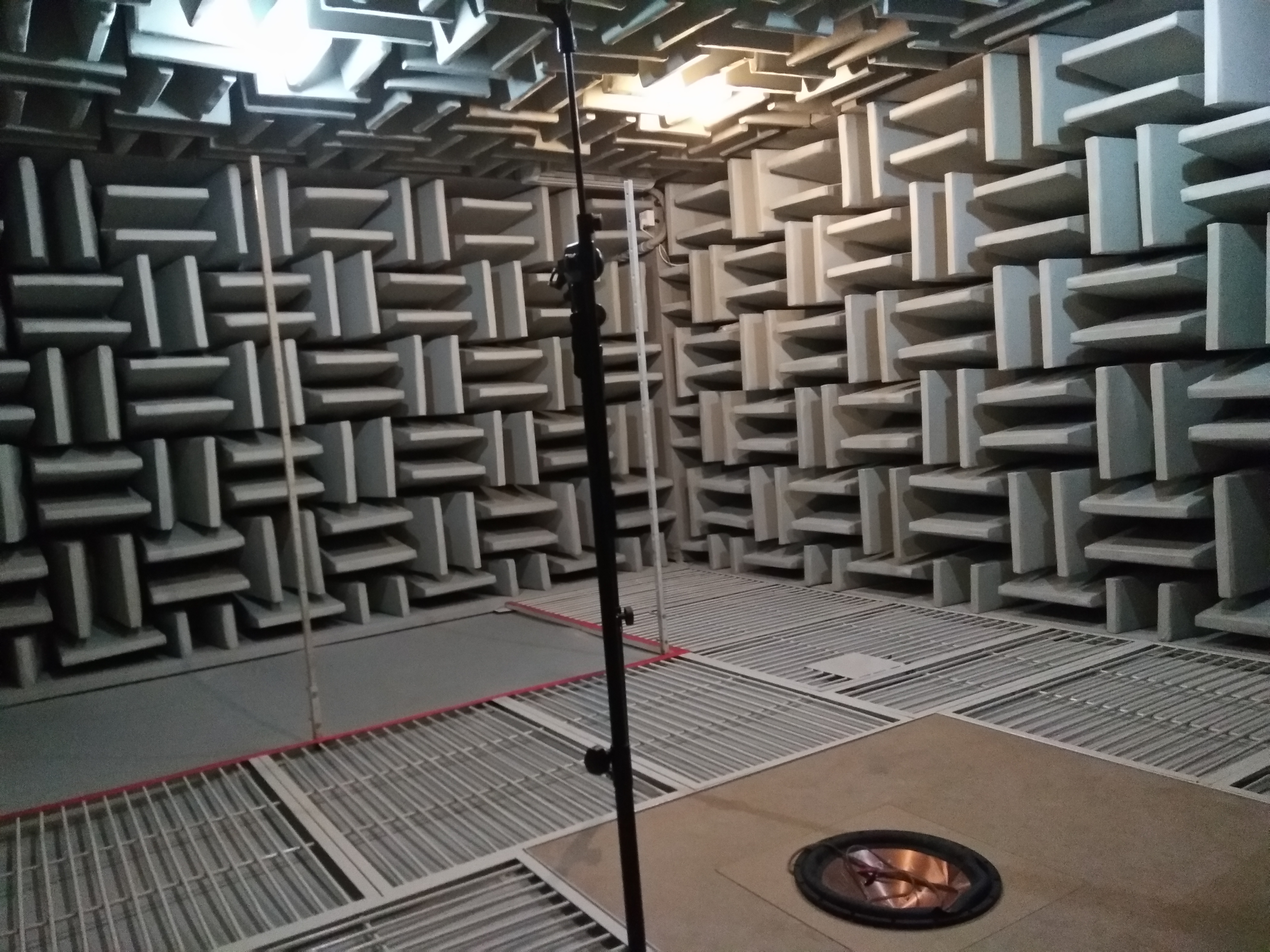What should we pay attention to when accepting the anechoic room?
The anechoic chamber is an indoor environment with a special soundproof structure that can effectively eliminate the interference of external noise on experiments and provide a crucial testing environment for scientific research in the fields of acoustics, speech recognition, electronic communications and other fields. So everyone must want to know what should be paid attention to during the acceptance inspection after the anechoic chamber is built?
The main items of concern for the acceptance of anechoic chambers are:
1. Sound insulation performance: The anechoic chamber should have extremely high sound insulation performance to ensure that the indoor noise level is lower than the experimental requirements. Generally speaking, the sound insulation of the anechoic room should not be less than 60dB. The most important thing is that the indoor background noise must meet the customer's requirements.
2. Indoor dimensions: The internal dimensions of the anechoic chamber should be designed according to experimental needs to ensure the installation and use of experimental equipment and related facilities.
3. Structural stability: The structure of the anechoic chamber should have sufficient stability. It is necessary to check whether the anechoic chamber is strong enough, has resonance and other phenomena, and can withstand a certain amount of wind, rain, earthquake and other natural disasters.
4. Ventilation and air conditioning: The anechoic room should be equipped with an effective ventilation and air conditioning system to ensure indoor air quality and the normal operation of experimental equipment.
Anechoic chamber acceptance process
1. Document review: The acceptance team first reviews the construction drawings, design specifications, construction records and other documents of the anechoic chamber to ensure that all indicators meet the design requirements.
2. On-site inspection: The acceptance team conducts an on-site inspection of the anechoic chamber to check whether the sound insulation performance, indoor dimensions, structural stability, etc. meet the acceptance standards.
3. Testing and measurement: The acceptance team uses professional testing equipment to conduct on-site testing and measurement of the sound insulation performance, ventilation and air conditioning systems of the anechoic chamber.
4. Result analysis: The acceptance team organizes and analyzes the test data to determine whether the anechoic chamber meets the acceptance standards.
5. Acceptance conclusion: Based on the on-site investigation and test analysis results, the acceptance team draws the acceptance conclusion of the anechoic chamber and submits an acceptance report.
The acceptance of anechoic chambers is a rigorous and complex task, related to the accuracy and reliability of scientific research experiments. Only by passing strict acceptance standards can we ensure that the anechoic chamber provides a high-quality scientific research environment for various fields. The manufacturing factories of anechoic chambers are generally familiar with the standards and procedures for acceptance of anechoic chambers. They can ask them to provide detailed acceptance reports, or they can entrust a third-party testing agency to complete the acceptance.

